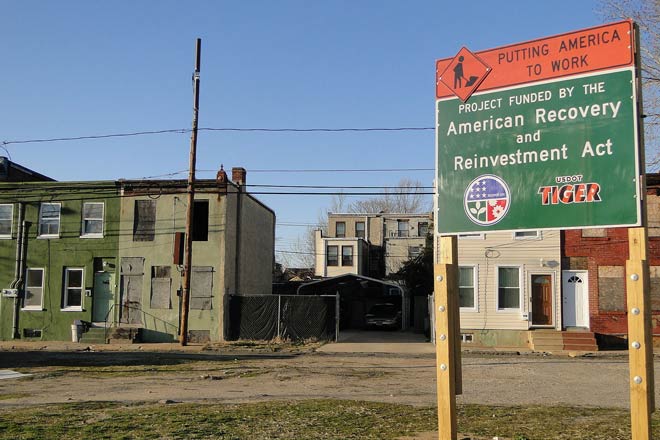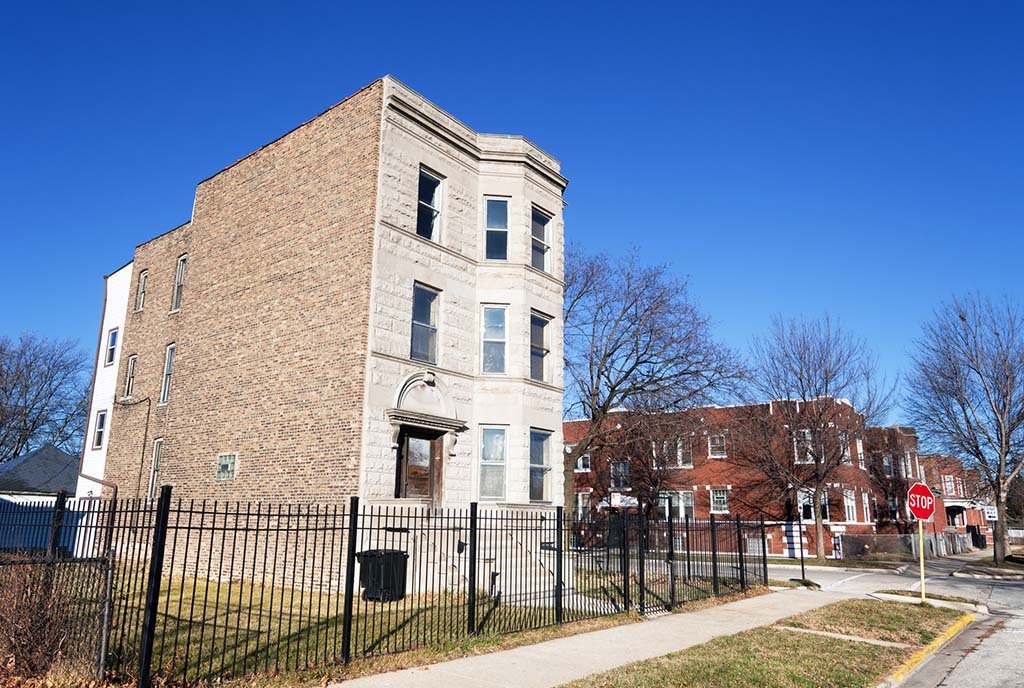
The Community Reinvestment Act (CRA), passed into law in 1977, intended to ensure that banks and other financial institutions invest in all parts of the communities where they do business. Specifically, the CRA requires that banks do not systematically refuse to invest in or make loans to people in people of color or low-income neighborhoods, a practice known as redlining. Over the years, the landscape of those cities and of banking itself has changed, while the CRA has not.
As you can imagine, the CRA has come under significant attack and criticism. In 2009, for example, John Carney of Business Insider accused the CRA of “creating lax lending practices that fueled the housing bubble.” On the other hand, there are more liberal critics who argue that it has not done enough and there is not enough oversight to ensure the banks are doing what they are supposed to.
However, there are supporters. Ron Homer, an executive at the Royal Bank of Canada, argues in an op-ed for Next City that we should still care about the Community Reinvestment Act. He also suggests ways to change it to better reflect and serve the communities in need in today’s world.
Homer writes:
Sign up for our free newsletters
Subscribe to NPQ's newsletters to have our top stories delivered directly to your inbox.
By signing up, you agree to our privacy policy and terms of use, and to receive messages from NPQ and our partners.
While redlining is now illegal, many of the broader disparities it was meant to address remain the same or have worsened. While I still believe the Act provides a strong framework for change, I also firmly agree it is capable of doing more.
An article by NPQ’s Steve Dubb points out that the new tax law could have the potential to significantly reduce incentives to create affordable housing, particularly for renters, in our major cities. If so, the CRA’s original intent still holds water: we need to find a way to encourage investment in historically under-invested communities, as Homer calls them. He goes on to outline ways the CRA needs to and could change. In April of this year, a memo was released by the Department of the Treasury proposing some changes to the CRA to make it more reflective of the modern banking world and to simplify the banks’ responsibilities. NPQ’s own Rick Cohen wrote an article eight years ago suggesting changes to the CRA that could be implemented to make it more impactful.
In several ways, the recommendations overlap. For example:
- Change the definition of “assessment areas.”
Under the CRA, banks are required to make an investment in the communities where they do business, which is known as the “assessment area.” The definition of this “assessment area” is physical proximity to the bank’s main office and where it has branches. However, in the modern world, more banks are doing business on a national level without having a physical presence at all in those communities they serve. Both Homer and the Treasury Department recommend adjusting this definition to include where the banks do business, not just where they are physically located. - Create more specific but more flexible standards for CRA investment.
In adhering to the CRA, banks have generally made homeowner loans in poorer neighborhoods. The question raised is if this is the best way to deliver on the CRA’s goal of community development in those neighborhoods. Homer suggests that the people living in those neighborhoods should be asked what is needed. Cohen offers a variety of alternative investments strategies, including giving to nonprofits that could do the work. The Treasury makes no specific recommendation but believes that changes could be made to the process of examining the banks’ adherence, making it more consistent but also flexible in what is accepted as compliance. - Enforce measures of accountability.
Homer wants the residents of the communities themselves to be included in discussions about where investment could be most helpful. The Treasury seeks greater accountability during the examination process, including making the examination process timelier and based on census data. Cohen argues that the banks are not the only ones who should be held accountable to the CRA; credit unions and insurance companies provide financial services as well.
As Cohen wrote, “The nonprofit sector’s stake in CRA modernization is obvious. It’s not just for community development groups.” As changes are being discussed, we as a sector should make our voices heard in how the CRA can benefit our communities.—Rob Meiksins













